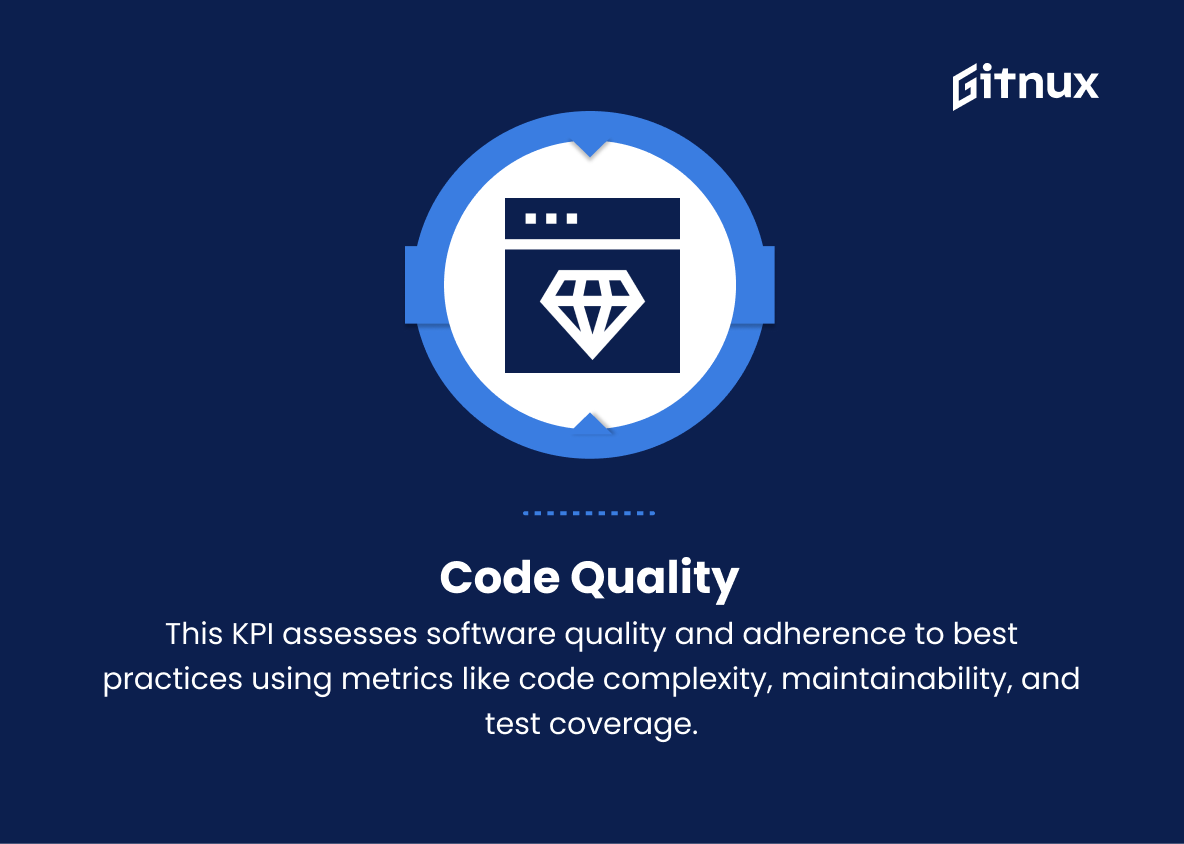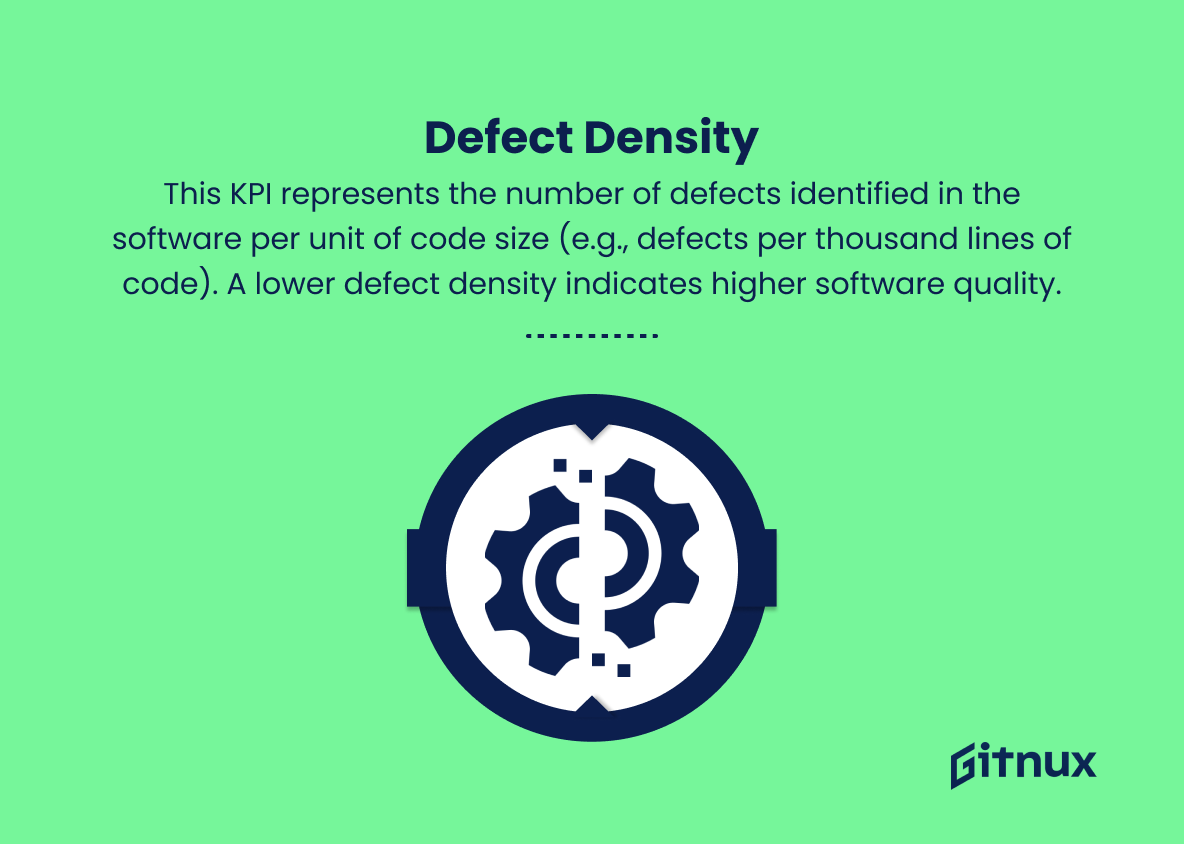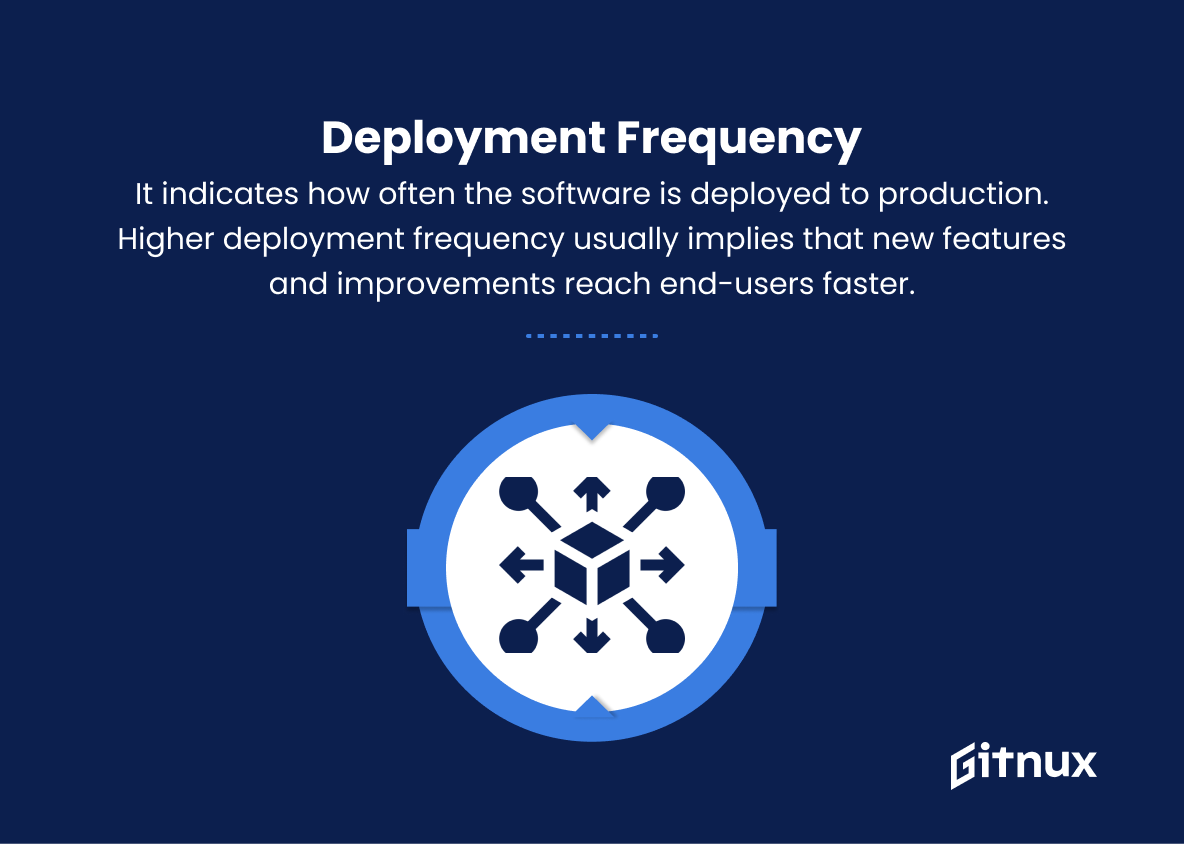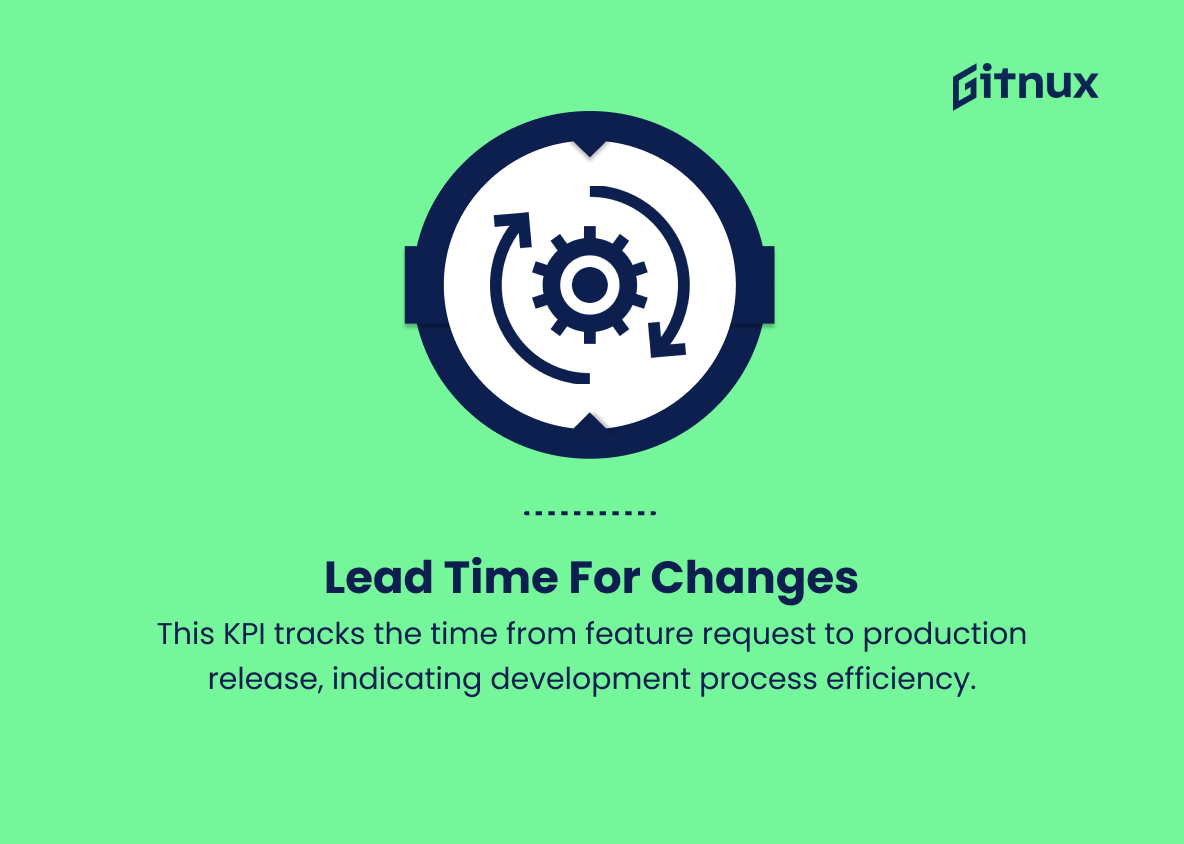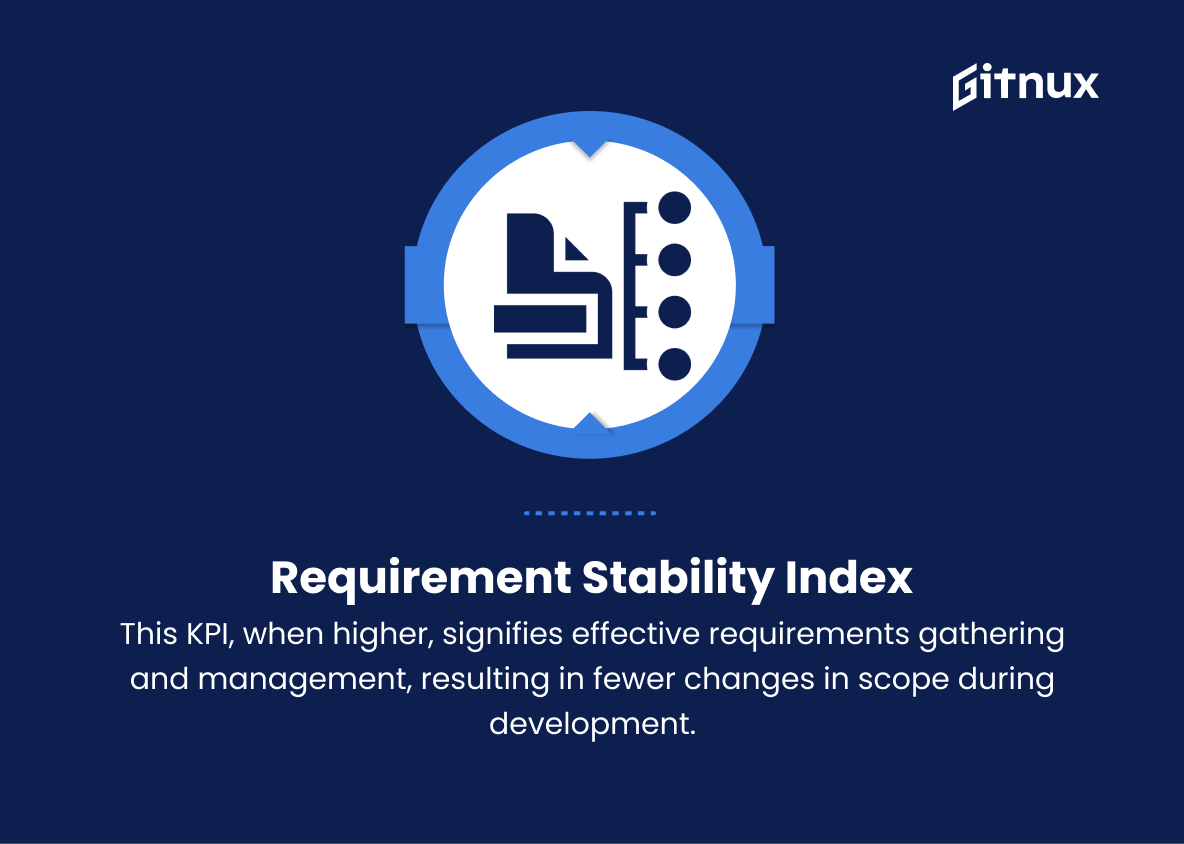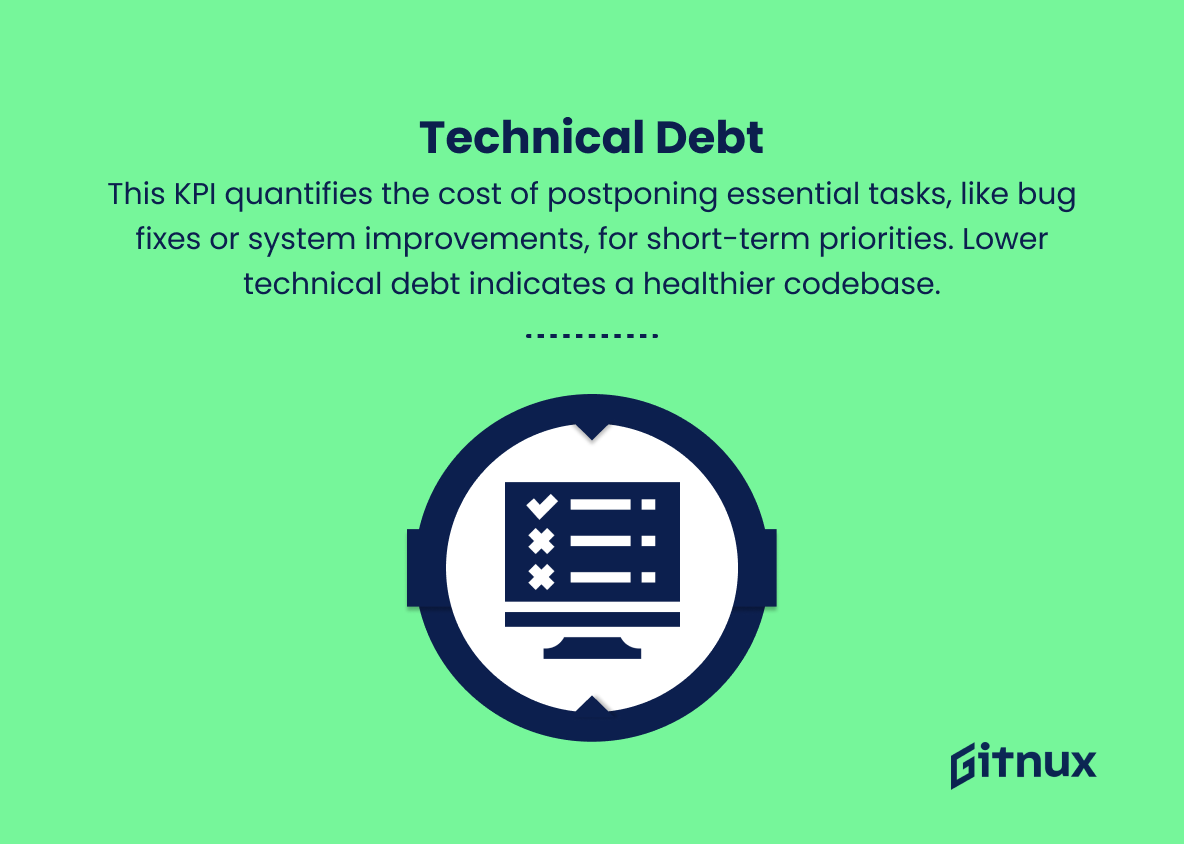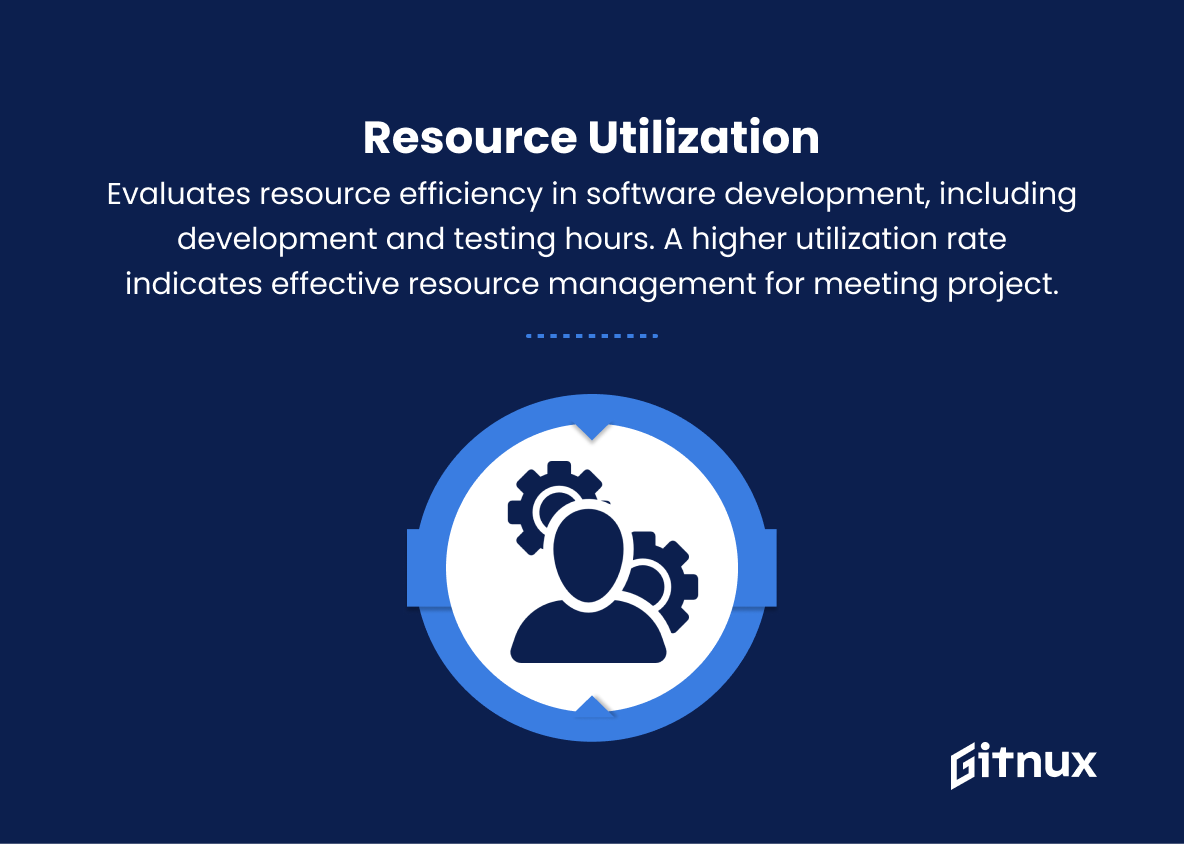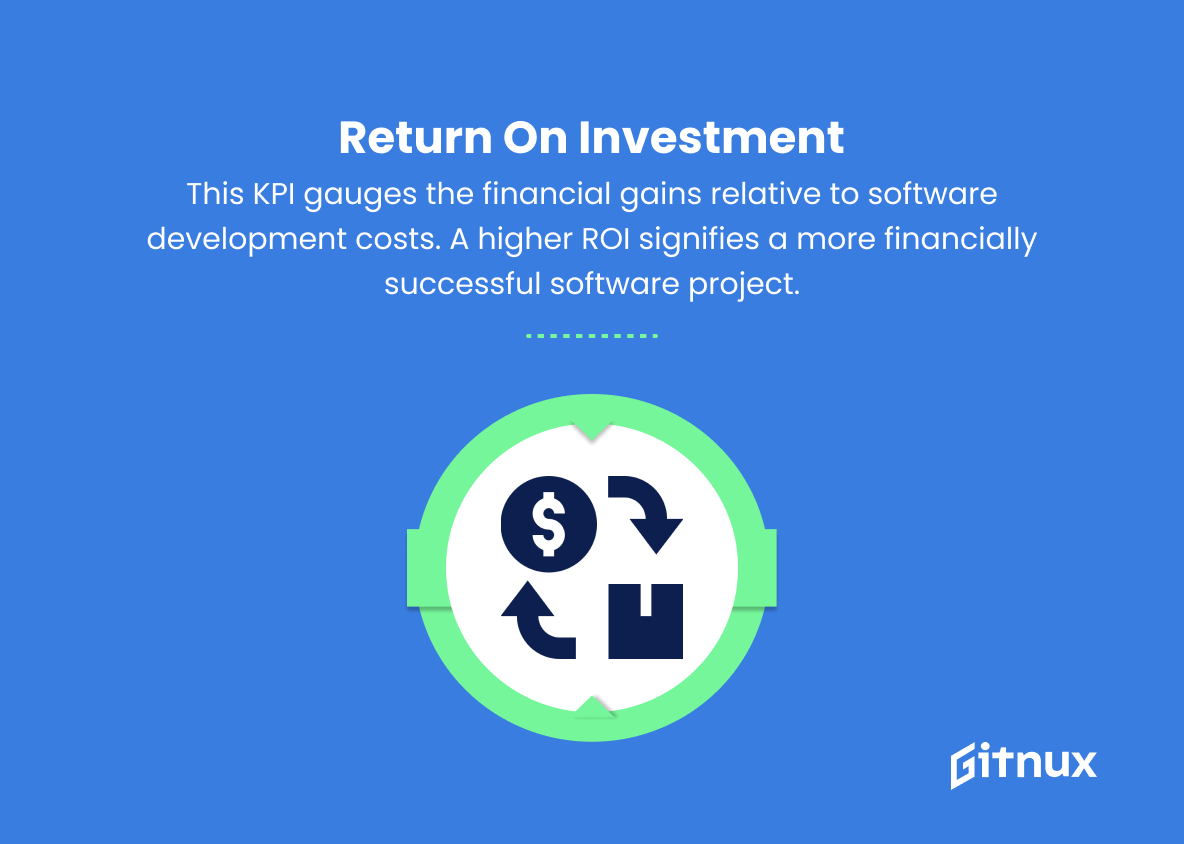In today’s rapidly evolving technology landscape, it has become increasingly important for organizations to measure and track the efficiency, effectiveness, and overall success of software engineering teams. One of the critical aspects of achieving this is the implementation of robust Key Performance Indicators (KPIs) that serve as quantifiable metrics to assess the performance and progress of software engineering projects.
This blog post aims to delve into the world of software engineering KPIs, discussing their importance, different types, best practices, and challenges in integrating them into organizational strategy. By understanding and refining the implementation of these critical metrics, organizations can make informed decisions, optimize resources, and foster a culture of continuous improvement to achieve sustainable success in today’s competitive marketplace.
Software Engineering KPIs You Should Know
1. Code Quality
This KPI measures the adherence to best practices and overall quality of the developed software. Metrics such as code complexity, maintainability, and test coverage can be used to evaluate code quality.
2. Defect Density
This KPI represents the number of defects identified in the software per unit of code size (e.g., defects per thousand lines of code). A lower defect density indicates higher software quality.
3. Defect Resolution Time
This KPI measures the average time taken to resolve a reported defect or bug. A shorter resolution time indicates better efficiency and responsiveness in addressing software issues.
In today’s rapidly evolving technological landscape, it has become increasingly crucial for organizations to measure and track the efficiency, effectiveness, and overall success of software engineering teams.4. Deployment Frequency
It indicates how often the software is deployed to production. Higher deployment frequency usually implies that new features and improvements reach end-users faster.
5. Lead Time for Changes
This KPI measures the time taken to develop, test, and release a new feature or improvement, from the initial request to production deployment. A shorter lead time often reflects a more efficient software development process.
6. Mean Time to Recovery (MTTR)
This KPI measures the average time it takes to restore the software to full functionality after a failure or incident. A lower MTTR indicates a better ability to quickly recover from issues.
7. Requirement Stability Index
This KPI represents the percentage of requirements that remain unchanged during the development cycle. A higher index indicates better requirements gathering and management, resulting in lesser scope changes during development.
8. Technical Debt
This KPI measures the cost of delaying necessary work, such as bug fixes or system improvements, to prioritize short-term goals. Lower technical debt implies a healthier codebase and a reduced risk of future problems.
9. On-time Delivery
This KPI measures the percentage of software releases that are delivered on or before the planned release date. A higher on-time delivery rate indicates better project management and predictability.
The importance of Software Engineering KPIs lies in their capability to provide insight on various aspects of the software development process.10. Resource Utilization
This KPI measures the efficiency of resources used during the software development process, such as development and testing hours. A higher resource utilization rate indicates that resources are being used effectively to deliver the project on time and budget.
11. Customer Satisfaction
This KPI measures the level of satisfaction among end-users of the software, usually collected through surveys or user feedback. A higher customer satisfaction rate indicates that the software meets user expectations and delivers value.
12. Return on Investment (ROI)
This KPI measures the financial benefits gained from the software compared to its development costs. A higher ROI indicates a more successful software project from a financial perspective.
Software Engineering KPIs Explained
The importance of software engineering KPIs lies in their ability to provide insight into various aspects of the software development process. Code Quality assesses the software’s adherence to best practices, while Defect Density indicates the overall quality of the code being developed. Defect Resolution Time measures the efficiency and responsiveness of the team in addressing software issues, while Deployment Frequency and Lead Time for Changes highlight the agility of the development process. Mean Time to Recovery shows the software’s ability to recover quickly from failures or incidents.
Requirement Stability Index shows the effectiveness of requirements gathering and management. Technical Debt reflects the risks associated with prioritizing short-term goals over long-term stability. On-time Delivery and Resource Utilization emphasize the efficiency of project management and the proper allocation of resources. Finally, Customer Satisfaction and Return on Investment help gauge the overall success of the software project by measuring user satisfaction and financial benefits relative to development costs.
Conclusion
In the ever-evolving world of software engineering, staying ahead of the curve requires constant improvement and growth. Using KPIs to measure the success and progress of both individual team members and the overall project is critical to achieving long-term excellence.
By carefully selecting and analyzing the right KPIs, such as code quality, productivity, deployment speed, user satisfaction, and other relevant metrics, software engineering teams can identify areas of strength and weakness, enabling them to make informed decisions and drive projects to successful outcomes. As technology continues to advance, organizations that prioritize understanding and optimizing these KPIs will undoubtedly outpace their competition and shape the future of software development.
